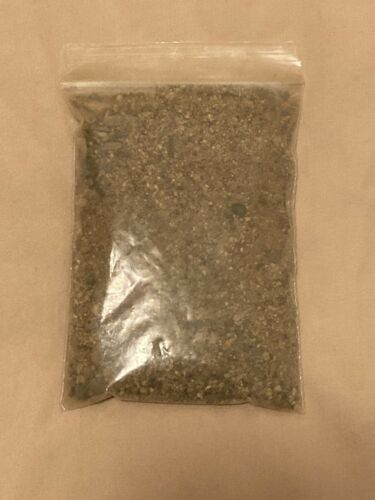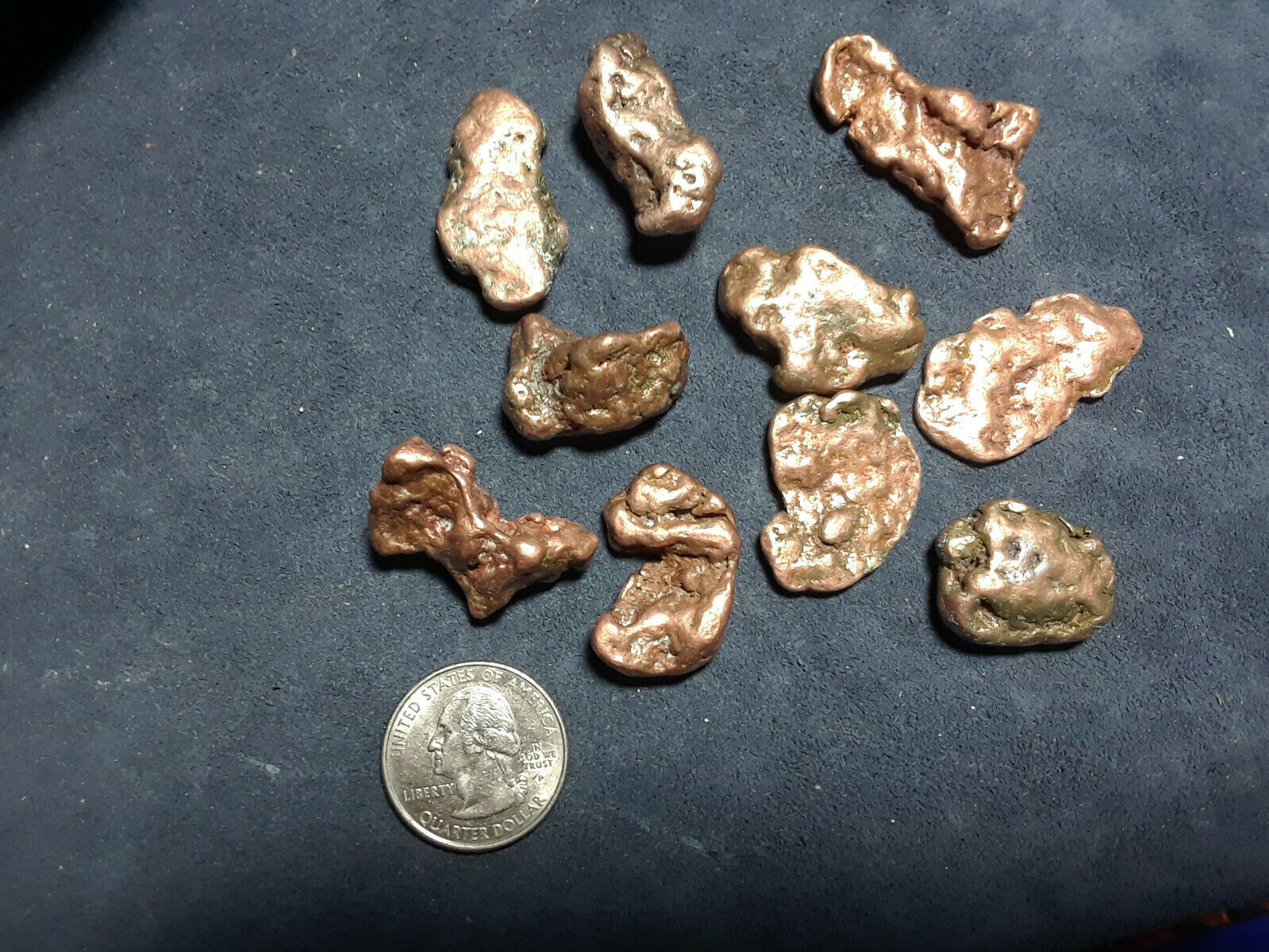-40%
Ruthenium Metal Irregular Beads 99.97%, Unique Purple Color. 4.5 to 9.7 grams
$ 95.04
- Description
- Size Guide
Description
Arc melted ruthenium normally is silver in color. These beads were created by intentionally and briefly exposing ruthenium to air as it cools from white heat. The color comes from light refracting through the very thin film of ruthenium oxide formed during this process. The dominant color is purple with copper overtones (the copper overtones are lacking in the largest bead, which is being sold at a discount). This rarely seen property of ruthenium makes these beads a unique, colorful and interesting addition to any element collection, and could be used in jewelry.Ruthenium is the lightest member of the platinum group of metals (PGMs), six chemically similar precious metals that sit together on the periodic table. The other five PGMs are platinum, palladium, rhodium, iridium, and osmium. Ruthenium lies below iron and above osmium on the periodic table, and has chemical similarities to both.
Like all platinum group metals, ruthenium is quite rare, with total worldwide annual production of only about 35 tons, 100 times less than annual gold production. Ruthenium is used as a catalyst, in magnetic memory devices, in super-hard alloys with other platinum group metals, and in a growing number of other applications, including in fuel cells.
Ruthenium is traded as a fine powder. Unlike platinum, palladium, and rhodium, ruthenium is rarely available as a fused metal.
Historically ruthenium has been the least the expensive PGM.
However, like the other PGMs, ruthenium is a sleeper prone to large spikes in price. Take a look at the price history of rhodium and you'll see what I mean. Spurred by potential applications in
fuel cells and other technologies the
wholesale price of ruthenium rose from under 0 to over 0/oz last year, before falling back to around 5. Unlike widely traded metals like gold and silver, t
hese "spot" prices are merely what industrial buyers might expect to pay for ruthenium powder. In smaller quantities it would be hard to buy ruthenium for less than about 0/oz. Add to that the cost of manufacturing fused beads from powder and you will see that the prices I am charging here are not unreasonable, less than those of other sellers.
The Certificate of Analysis shown in the photos pertains to the powder from which these beads were melted. As the melting point of ruthenium is above the boiling point of several of its main contaminants (e.g. calcium), the melting process further purifies the metal by vaporizing contaminants.
This ruthenium was sourced in China. Beads were fabricated to my specification by ACI Alloys of San Jose, CA.











